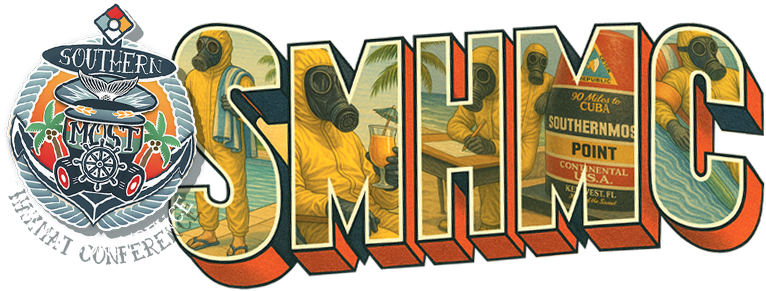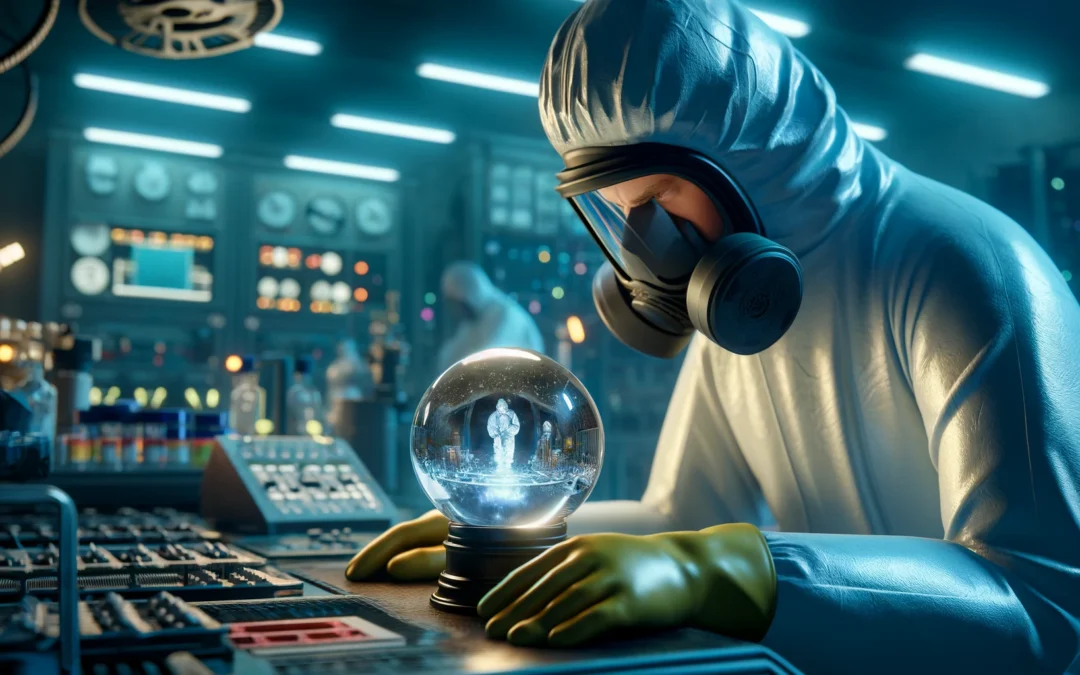Artificial Intelligence for the Save?
Recently, I was in a class where something happened that left me truly stunned. It wasn’t that it happened—it was bound to eventually—but how fast it happened was what threw me. You see, Artificial Intelligence (AI) is evolving at a pace that’s reshaping the way we approach problems, and in this case, it stepped into a Hazmat scenario in a way I never expected. Let me set the scene.
A Classroom Experiment with Hazmat Scenarios
Bob, one of the instructors, shared a particularly interesting story from his class. He’d set up a scenario that required students to handle a mock hazardous materials situation. The task was intentionally complex: students needed to understand chemical and physical properties, sample and meter correctly, and perform Hazard Categorization (HazCat). The exercise aimed to get students thinking critically—“smell like the dog, look like the dog, bark like the dog”—all while navigating potential “off-ramps” in the process.
But here’s the twist: one of the students bypassed the traditional process. Armed with nothing but a smartphone, the student used an AI tool to identify the chemical in question almost instantly. The chemical? Trichloroethane. Bob, keeping his composure, told the student to verify the result. Sure enough, the AI had nailed it. They repeated the experiment with another scenario, and it worked again.
How Did AI Do It?
AI didn’t just pull an answer from thin air. It synthesized data, symptoms, and meter readings to come up with a plausible answer. And while it didn’t replace the need for verification, it drastically sped up the identification process. This kind of application feels like a natural evolution from flipping through books to using digital databases like PubChem and Cameo.
AI as a Team Member
Think of AI as another voice in the room, like a colleague chiming in with their perspective. It doesn’t dictate the answer but offers a starting point. For example, if you suspect your sample is sugar, you can ask the AI to outline the tests to confirm or refute that hypothesis. It’s not replacing human expertise; it’s augmenting it.
The Potential of Augmented Reality
The future might hold even greater possibilities. Imagine responders equipped with augmented reality (AR) glasses. As they survey a scene, chemical properties, potential hazards, and safety guidelines could overlay in real-time. This technology could reduce errors, ensuring responders don’t miss critical details like the painted valve of a propane tank indicating a meth lab setup.
The Downsides
While AI offers immense potential, it’s not without risks. Overreliance on AI could lead to weaker foundational skills. If responders skip learning the “why” behind processes, they risk becoming overly dependent on technology. As Bob pointed out, “too much data” could lead to analysis paralysis. The key is to treat AI as a tool, not a crutch.
Real-World Application: A Chlorine Leak
To test AI further, I gave it this scenario: A leaking chlorine cylinder in a densely populated area with a radiation source emitting 5 rems per hour.
AI provided a solid foundational response:
- Assess the situation: It highlighted the hazards of chlorine gas and radiation.
- Mitigate risks: Suggested minimizing exposure, maximizing distance, and using shielding.
- Set up exclusion zones: Recommended keeping responders in areas with less than 2 millirems per hour radiation exposure.
While the AI didn’t provide exhaustive details, it gave a reliable starting point that a team could build on.
Closing Thoughts
AI is undeniably a powerful tool. Used wisely, it can augment human abilities, improve decision-making, and even save lives. But it’s not a substitute for expertise or critical thinking. Like that overly confident team member we all know, it might sometimes need to be checked. Still, when used as part of a balanced approach, AI has the potential to revolutionize emergency response.
What do you think? How would you integrate AI into your workflows? Share your thoughts in the comments, and don’t forget to subscribe to the podcast for more fascinating discussions on technology and safety!


